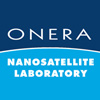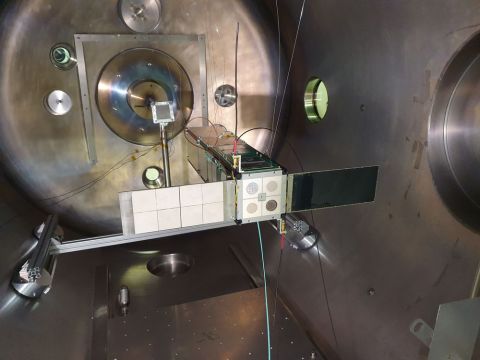Space is filled with plasma from many different sources, including low energy charged particles in the range of 10 eV to 100’s keV. Its density varies over time and location due to many mechanisms including solar activity and magnetosphere shape. In this environment, all space systems interact with this plasma, inducing a static charge of its external surfaces as well as its inner components. Eventually, during geomagnetic substorms, the deposited charges produce high potential difference that leads to ESDs on the satellite surface. These discharges can then damage electronic components and materials, up to the total failure of the system. Tens of percent of abnormal configurations (called anomalies) reported during flight are still attributed to ESD [1] [2]. Thus, the spacecraft and subsystems design shall include ways to mitigate ESD and processes to recover quickly from it. While the effect is understood, the multi-physics involved and multi time scale of the sources are extremely hard to simulate accurately. The advent of cheap access to space with nanosatellites provides an excellent opportunity to validate mitigation techniques for instruments particularly sensitive to ESD.
The ChaRging On CUbeSat (CROCUS) mission, led by ONERA in collaboration with the Ecole Polytechnique space center (CSEP, [3]) wishes to demonstrate a new generation of instruments dedicated to charging, discharging and mitigation assessment. Several instruments are integrated into the CubeSIM payload as listed in Table 1. The scientific objectives are to detect the occurrence of ESDs, identify and simulate the charging conditions, identify the space weather and geomagnetic indices and reduce the charge levels. More details are provided in [4]-[5]-[6].
The design of the platform has been initiated with the CSEP and is an ongoing development with scientific and industrial partners.
Full list of publications associated with this project at the end of this page.
| Instrument name | Functionality |
| TWIST | Detect ESD transient in the 0.1 to 10 µs scale |
| SPARK | Calibrate TWIST by generating artificial electrical transient representative of ESDs |
| SCAPEE | Mitigate charging |
| MISTEEC and BEC | Improve the statistics of spacecraft charging events |
| CROCUS integrated payloads being tested in the plasma chamber in Toulouse |
[1] J. Minow, Spacecraft Charging: Anomaly and Failure Mechanisms, Spacecraft Anomalies and Failures Workshop, Chantilly, Virginia, June 2014
[2] N. Ahmad et al., Diagnosing low earth orbit satellite anomalies using NOAA‐15 electron data associated with geomagnetic perturbations, Earth, Planets and Space (2018) 70:91
[3] CSEP website : https://centrespatial-polytechnique.fr/en/
[4] Y. Bernard-Gardy et al., Innovative technique for electrostatic discharges characteristisation on a floating nanosat mockup, submitted
[5] J.-C. Matéo-Vélez et al., ESD Cubesat Payload Definition and Mission Analysis, Applied Space Environments Conference 2019, 12 - 17 May 2019, Los Angeles, CA.
[6] J.-C. Matéo-Vélez et al., Detection of ESDs with CubeSIM, Spacemon Workshop, dec 2020
[7] Bernard-Gardy, Y., Matéo-Vélez, J. C., Issac, F., Jarrige, J., Murat, G., Garrigues, L., & Payan, D. (2023). Innovative Technique for Electrostatic Discharges Characterization on a Floating Nanosatellite Mockup. Journal of Spacecraft and Rockets, 60(1), 172-180
[8] J. -C. Matéo-Vélez et al., "Development of an Experimental Instrumentation Dedicated to ESD Testing and Measurement on Nanosatellites," in IEEE Transactions on Plasma Science, doi: 10.1109/TPS.2023.3262354.

